Periodic Law Discovery and Element Classification
This file contains detailed instructions on how to recreate Dmitri Mendeleev's discovery of the Periodic Law and classification of elements. It provides an overview of the properties of elements, the rationale behind Mendeleev's arrangement, and practical lab procedures. Perfect for chemistry students and educators looking to deepen their understanding of the periodic table.
Edit, Download, and Sign the Periodic Law Discovery and Element Classification
Form
eSign
Add Annotation
Share Form
How do I fill this out?
To fill out this activity, gather your element cards and begin by reviewing their properties. Collaborate with your peers to identify logical arrangements based on the trends observed in the cards. Use your findings to accurately complete the provided data sheets.
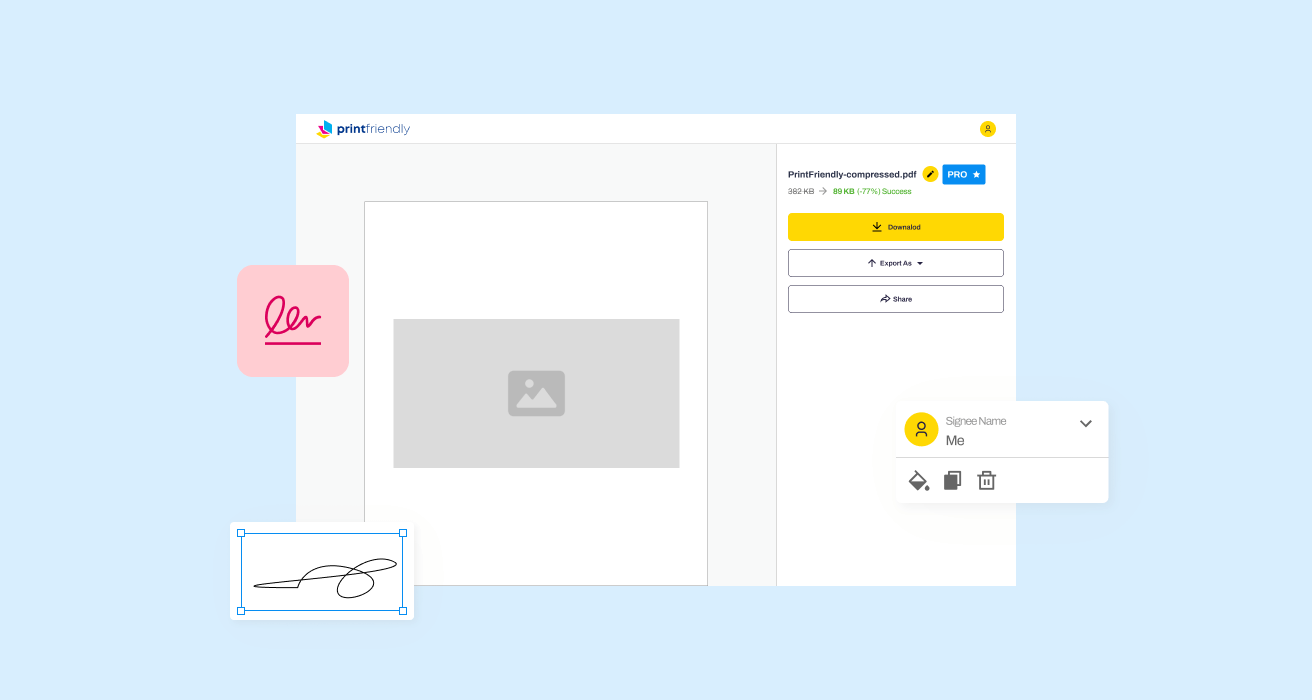
How to fill out the Periodic Law Discovery and Element Classification?
1
Gather a deck of element cards.
2
Review the properties listed on each card.
3
Discuss arrangements with your group members.
4
Predict the properties of any missing elements.
5
Complete the data sheet with your findings.
Who needs the Periodic Law Discovery and Element Classification?
1
Students studying chemistry require this file to engage in hands-on learning.
2
Teachers need this file to facilitate interactive lesson plans.
3
Researchers may find this file useful for historical perspectives on the Periodic Table.
4
Curriculum developers need this file to create educational resources.
5
Science enthusiasts seek this file for a deeper appreciation of element classification.
How PrintFriendly Works
At PrintFriendly.com, you can edit, sign, share, and download the Periodic Law Discovery and Element Classification along with hundreds of thousands of other documents. Our platform helps you seamlessly edit PDFs and other documents online. You can edit our large library of pre-existing files and upload your own documents. Managing PDFs has never been easier.

Edit your Periodic Law Discovery and Element Classification online.
With PrintFriendly, you can easily edit your PDF by selecting text to modify it or adding your own annotations directly onto the document. You can also rearrange pages and alter layouts as needed. The intuitive interface simplifies the editing process for everyone, whether you're a novice or experienced user.

Add your legally-binding signature.
PrintFriendly allows you to sign your PDF seamlessly by selecting the area where you want to place your signature. Simply upload your signature image and position it accordingly on the document. Save your signed file effortlessly to maintain a record of your agreement.
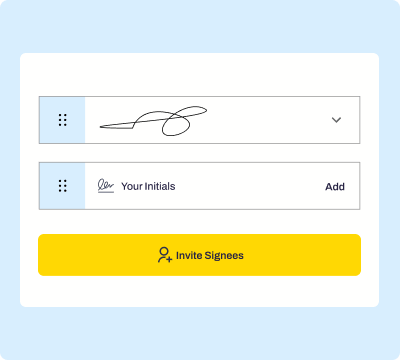
Share your form instantly.
Sharing your PDF on PrintFriendly is a breeze—just click the share button to generate a link. You can also download your edited PDF and share it via email or social media. It's a simple way to collaborate and distribute information.
How do I edit the Periodic Law Discovery and Element Classification online?
With PrintFriendly, you can easily edit your PDF by selecting text to modify it or adding your own annotations directly onto the document. You can also rearrange pages and alter layouts as needed. The intuitive interface simplifies the editing process for everyone, whether you're a novice or experienced user.
1
Open your PDF file in PrintFriendly.
2
Use the editing tools to select text or images you want to change.
3
Make your edits and adjustments as necessary.
4
Preview your changes to ensure everything is accurate.
5
Download the edited PDF or share it online.

What are the important dates for this form in 2024 and 2025?
No specific important dates are applicable for this form, as it is a resource designed for ongoing educational use throughout the academic calendar.

What is the purpose of this form?
The purpose of this form is to guide users through an engaging activity based on Mendeleev's work. It encourages collaborative learning and critical thinking in chemistry. This form also provides valuable insights into the arrangement and classification of elements, promoting a deeper understanding of the periodic laws.

Tell me about this form and its components and fields line-by-line.

- 1. Element Name: The name of the chemical element.
- 2. Atomic Mass: The mass of the element, displayed on the card.
- 3. Properties: A list of properties such as density, ionization energy, etc.
- 4. Missing Element: Space to enter the predicted properties of a missing element.
What happens if I fail to submit this form?
If you fail to submit this form, you will not be able to complete the activity or receive feedback on your arrangement. Missing the submission may result in incomplete understanding of the periodic law and classification methods.
- Activity Completion: Inability to finalize your assigned task.
- Feedback Access: Lack of feedback to improve your understanding.
- Project Participation: Potential exclusion from group discussions and activities.
How do I know when to use this form?

- 1. Practical Learning: Engage actively in chemistry experiments.
- 2. Group Projects: Facilitate teamwork in understanding element properties.
- 3. Educational Workshops: Participate in hands-on workshops.
Frequently Asked Questions
What is the purpose of this file?
This file is designed to help you recreate Mendeleev's classification of elements using a set of instructional activities.
Can I edit this PDF?
Yes, this PDF can be edited using PrintFriendly's editing tools.
How do I share this PDF?
You can share this PDF link directly or download the file to send through email.
What materials do I need?
You'll need a special deck of 31 element cards to complete the activities.
How do I complete the activity?
Follow the instructions provided to arrange the element cards and fill out the data sheet.
Can I print this PDF?
Yes, you can print the PDF from PrintFriendly after editing.
What if I can't find my missing element card?
Estimate the placement of the missing element based on surrounding elements' properties.
Is this activity suitable for beginners?
Absolutely! This activity is designed to engage learners at all levels.
How long will this activity take?
Completion time varies, but it typically takes a couple of hours.
Who can benefit from this file?
Students, educators, and curriculum developers can all benefit from this resource.
Related Documents - Periodic Law Activity
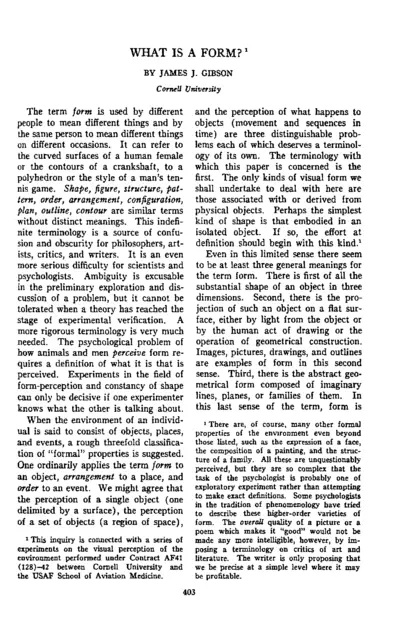
Understanding Form and Form-Perception by James J. Gibson
This document explores various definitions and theories of form, emphasizing the need for precise terminology. It delves into experiments related to the visual perception of form, distinguishing between solid and surface forms. The text critiques traditional views and presents new perspectives on form-perception.
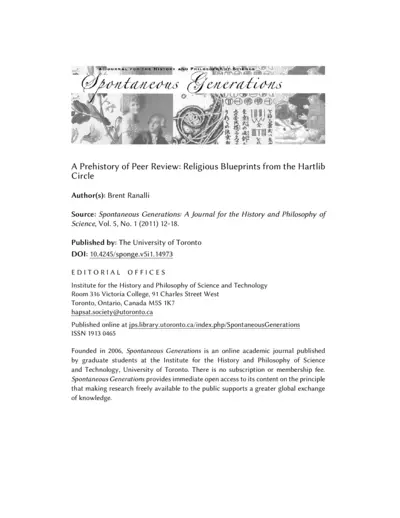
Prehistory of Peer Review: Religious Blueprints
This file explores the origins and development of peer review in science, tracing its roots to religious scholars in the Hartlib circle. It discusses the influence of the Royal Society of London and other early scientific organizations. The content is based on extensive historical research and analysis.
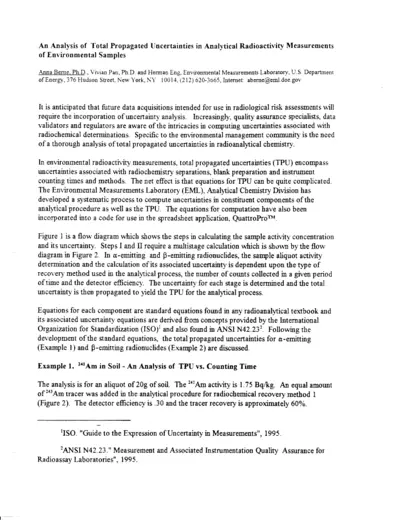
Analysis of Uncertainties in Radioactivity Measurements
This document discusses the uncertainties in analytical radioactivity measurements of environmental samples. It includes detailed equations and methods for calculating total propagated uncertainties. Useful for quality assurance specialists, data validators, and radiochemical analysts.

IRMS Sample Analysis Request Form Guidelines
This file contains instructions and details about the IRMS Sample Analysis Request Form. It is used to request sample analysis in the Laboratory for Isotopes and Metals in the Environment. Ensure you have the required approvals before using the IRMS.

Double Stuff Oreo Cookie Science Experiment
This file contains details and instructions for conducting a science experiment to evaluate the marketing claim of Double-Stuff Oreo cookies. Users will measure the mass of regular and Double-Stuff Oreo cookies along with their fillings. It guides users through the process of data collection, calculation, and analysis using the scientific method.
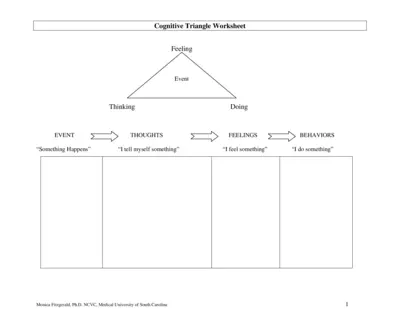
Cognitive Triangle Worksheet Instructions and Details
This file provides an overview and detailed instructions on how to use the Cognitive Triangle Worksheet. It helps users understand the relationship between their thoughts, feelings, and behaviors. Perfect for those interested in cognitive-behavioral strategies.

Engaging Doctor Pretend Play Printables for Kids
Transform playtime with free doctor pretend play printables designed for kids. These fun tools foster creativity and learning through imaginative play. Perfect for children from toddlers to first graders.
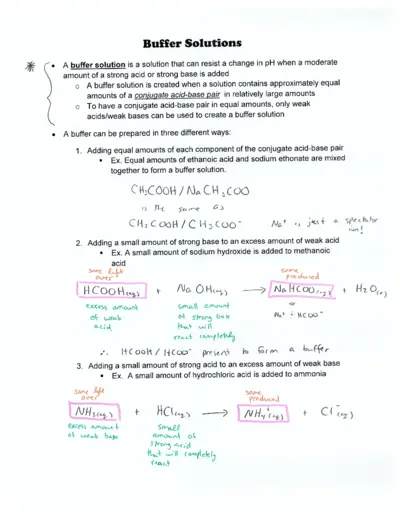
Buffer Solutions: Understanding Their Functionality
This file provides comprehensive insights into buffer solutions, including their preparation and pH resistance mechanisms. Ideal for chemistry students and professionals seeking to understand buffer systems. Practice problems included for hands-on learning.
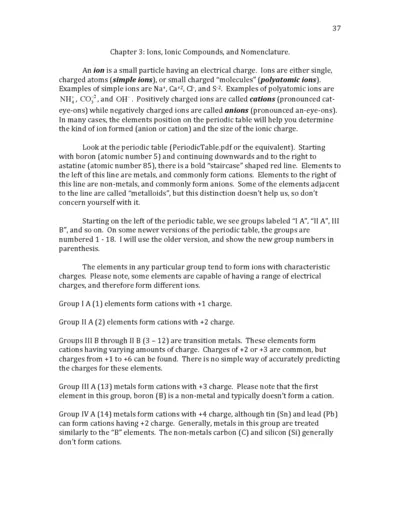
Ions and Ionic Compounds: Understanding Nomenclature
This file provides a comprehensive overview of ions, including their types, charges, and nomenclature rules. It covers essential details such as simple and polyatomic ions, and how to name them correctly. Perfect for students and professionals looking to deepen their understanding of ionic compounds.

Biology Form 3 Notes and Instructions
This file contains detailed biology notes for Form 3 students. It covers essential topics such as organism classification and characteristics of various kingdoms. Perfect for studying and exam preparation.
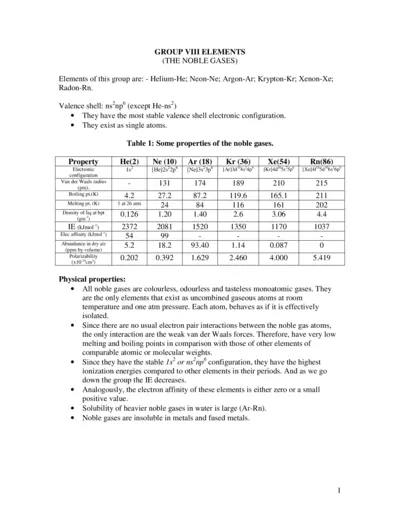
Noble Gases Properties and Chemical Behavior
This document provides a comprehensive overview of the noble gases, their properties, and chemical behaviors. It includes information on individual gases, their electronic configurations, and compound formations. Ideal for students and professionals in chemistry.
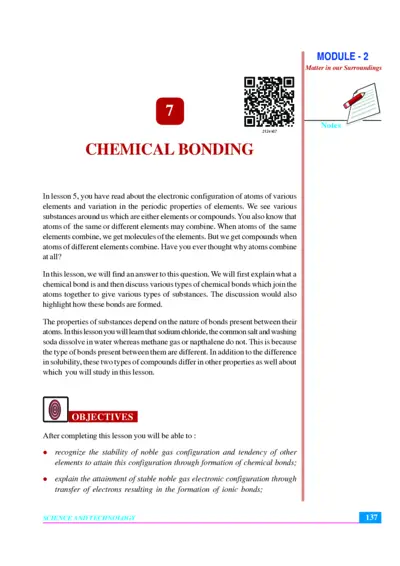
Chemical Bonding and Matter in Our Surroundings
This file provides detailed insights into chemical bonding, including ionic and covalent bonds. It covers the principles of matter in our surroundings and the electronic configurations of elements. Ideal for students and educators in chemistry to enhance their understanding.